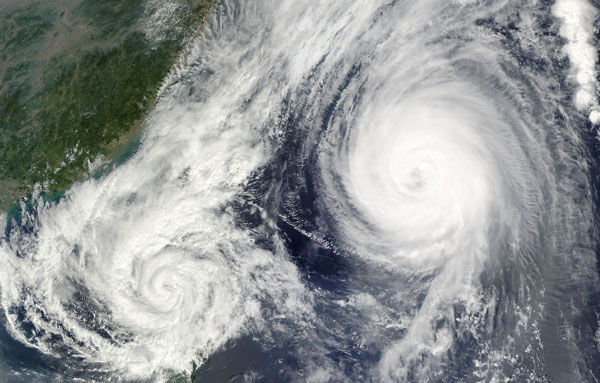For the first time since we’ve been keeping track, two separate Category 4 hurricanes struck the mainland U.S. in the same year. It should come as no surprise, then, that the combined recovery cost of Hurricanes Harvey and Irma is expected to set a new all-time high for natural disasters. AccuWeather estimates the total economic impact to top out at a whopping $290 billion, or 1.5 percent of national GDP.
With parts of Southeast Texas, Louisiana and Florida seeing significant damage, many fixed-income investors might be wondering about credit risk and local municipal bond issuers’ ability to pay interest on time. If school districts, hospitals, highway authorities and other issuers must pay for repairs, how can they afford to service their bondholders?

It’s a reasonable concern, one that nearly always arises in the days following a major catastrophe. But the concern might be unwarranted if the past is any indication.
Lessons from Hurricane Katrina
According to credit ratings firm Moody’s Investors Service, natural disasters have not been the cause of a single default in U.S. muni bond history. Even Hurricane Katrina, responsible for a then-unprecedented $120 billion in damages, wasn’t enough to cause New Orleans to renege on its debt obligations.
The reason for this is that the affected areas normally receive substantial disaster relief from both the federal and state governments. Congress appropriated tens of billions of dollars in aid following Hurricanes Katrina and Sandy, and this year it’s already approved an initial payment of $7.85 billion. Combined with flood insurance proceeds, this has often been enough to keep municipalities solvent and day-to-day operations running.
“FEMA aid (often 75 percent or more of disaster-related costs) and flood insurance can go a long way in mitigating financial strain in the medium term,” wrote Lindsay Wilhelm, senior vice president of municipal credit research at Raymond James, in a note last week.














Leave A Comment